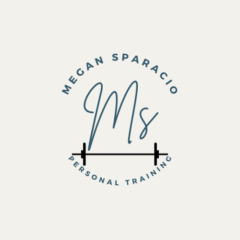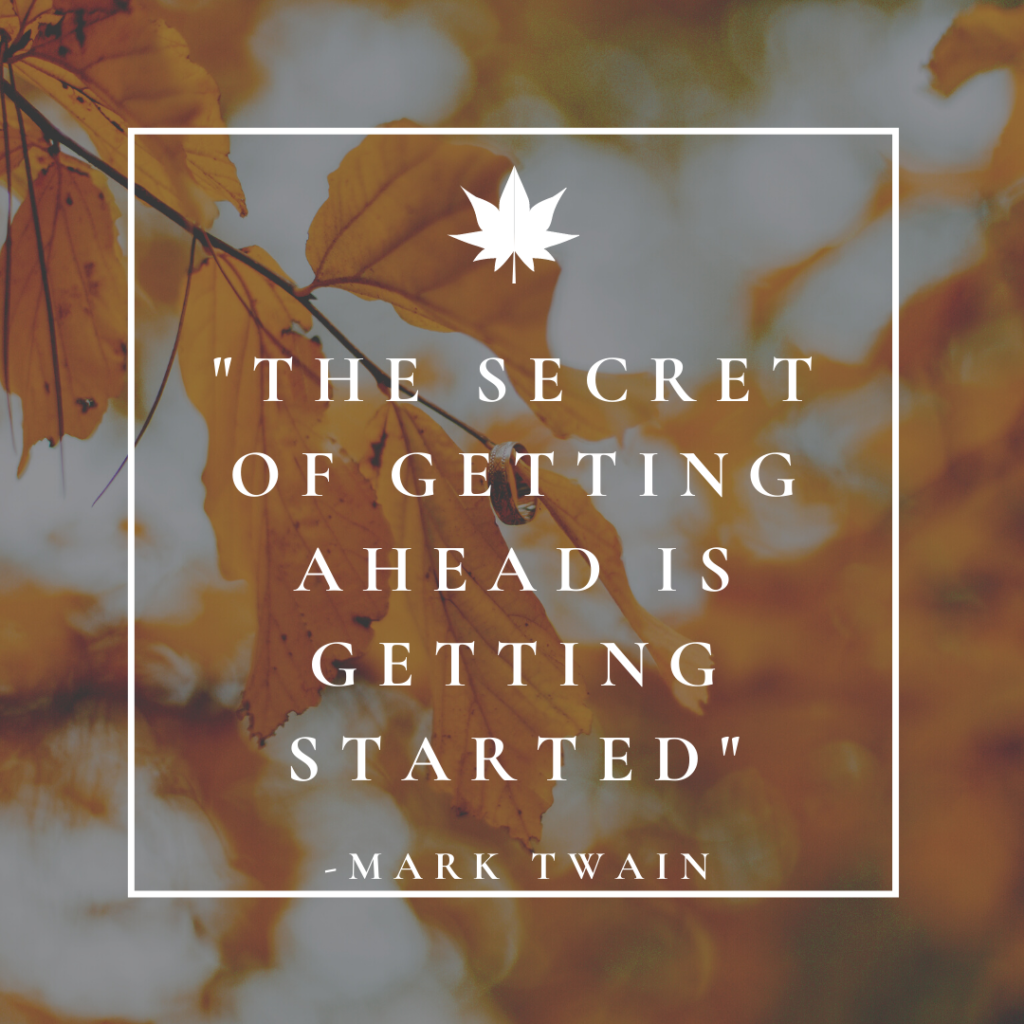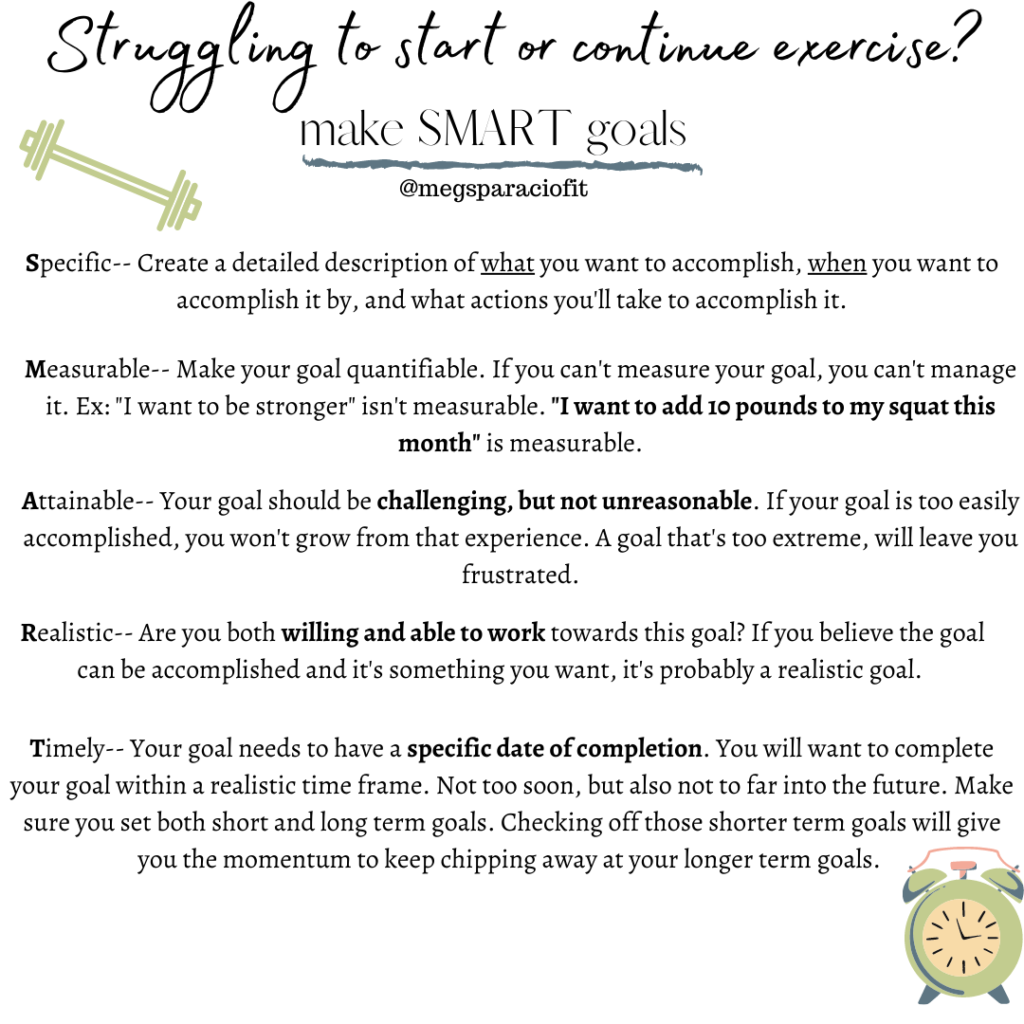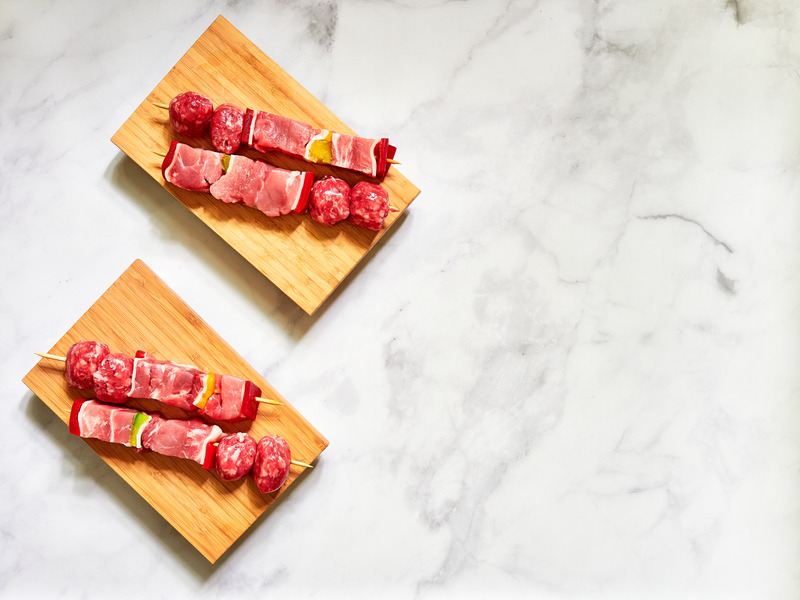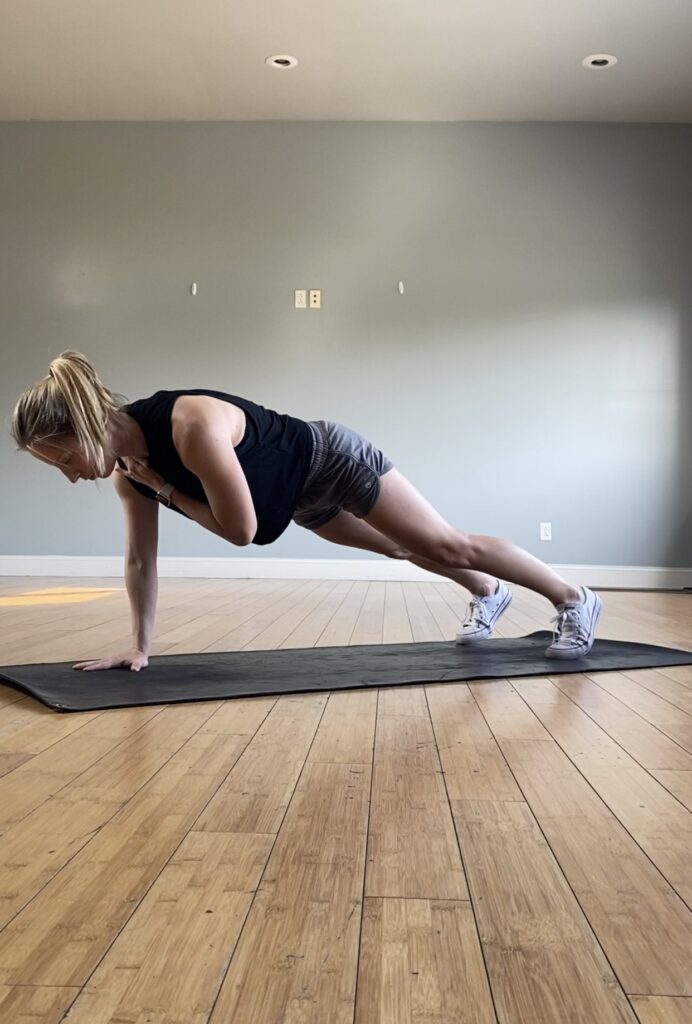
For results in both aesthetics as well as athletic performance, it’s important to train the core in three separate categories of movement: anti-extension, anti-rotation and anti-lateral flexion.
Anti-extension Exercises: teach us how to maintain a neutral spine position. Maintaining a neutral spine and properly bracing your core during exercise will help prevent spinal injuries due to over-arching.
Dead Bug
1)Lie on your back and bring your hips and knees to 90 degrees.
2)Raise your arms straight up toward the ceiling, keeping your wrist in line with your shoulders. Before you start, focus on keeping your lower back pressed into the floor.
3) Inhale and lower one arm and the opposite leg out, leaving the other arm and leg in the starting position.
4)Lower them as far as you can without your low back coming off the floor. Exhale at the bottom.
5)Return to the start position and repeat with the other arm and leg. Try 5 reps per side and work towards 10 per side.
Anti-Rotational Exercises: are exercises that build stability and strength to prevent spinal rotation between the pelvis and ribs.
Plank shoulder taps
1)Set up in a high plank position from your hands and toes. You want your hands to be under your shoulders. Your feet can be further apart to provide a more stable base.
2)Brace your abs and engage your glutes so that your body is in a straight line.
3)As you lift one hand up off the ground to touch the opposite shoulder, press into the heel of your opposite hand for stability.
4)Once you’ve tapped your opposite shoulder, bring the hand down and alternate sides.
4)Keep your hips square to the ground and do not rotate. Avoid letting your butt go up in the air or your hips sag toward the ground.
5) Try 5 shoulder taps per side to begin with and try building to 10 taps per side.
Anti-lateral Flexion Exercises: require you to resist bending sideways.
Side plank
1)Lie on your right side, legs extended feet either stacked or staggered, one in front of the other. Whichever is most comfortable for you.
2)The elbow of your right arm is directly under your shoulder. Ensure your head is directly in line with your spine. Your left arm can be aligned along the left side of your body.
3)Engage your abdominal muscles as if you’re bracing for a punch.
4)Lift your hips and knees from the mat while exhaling. Your torso is straight in line with no sagging or bending. Hold the position.
5)After several breaths, inhale and return to the starting position.
6)Try 20 seconds per side for a starting point with a goal of building up to 60 seconds.
